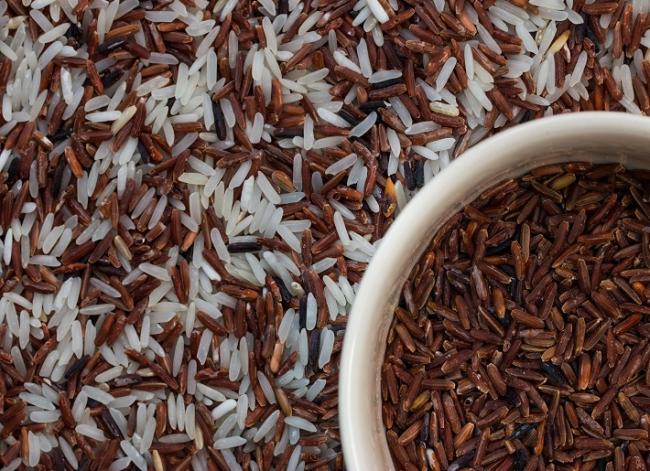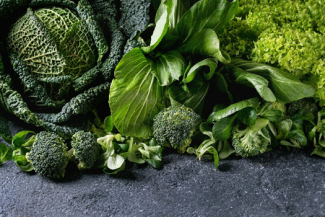Related Articles
- 12 Mar 17
- 17 Jul 16
- 06 Jun 17
- 03 Apr 14
 Sleeping can be complicated business! Those individuals with no difficulty achieving healthy, regular sleep would think it the simplest of physiologic phenomena. Roughly 30% of the population suffers from insomnia, however,[1] which has real and important health consequences, in addition to affecting quality of life. Even short-term sleep disruption is associated with metabolic problems, insulin insensitivity, poor blood-sugar control, increased body mass index (BMI), increased pain and inflammation levels, and even increased mortality.
01 May 21
Sleeping can be complicated business! Those individuals with no difficulty achieving healthy, regular sleep would think it the simplest of physiologic phenomena. Roughly 30% of the population suffers from insomnia, however,[1] which has real and important health consequences, in addition to affecting quality of life. Even short-term sleep disruption is associated with metabolic problems, insulin insensitivity, poor blood-sugar control, increased body mass index (BMI), increased pain and inflammation levels, and even increased mortality.
01 May 21With spring come seasonally grown local foods and green leafy vegetables (GLV) become more desirable for quality, and especially for their overall health benefits. Examples of GLV include salads, kale, broccoli, collard greens, spinach, mustard greens, etc.
05 Jul 1928 Feb 19Toxins are all around us. Whether it’s the car fumes you inhale, the frozen dinner you eat, or the negative thoughts you have at work, toxins are everywhere.
08 Nov 18For the past few decades, the health and medical community has recommended “moderate drinking” to the general public. However, recent scientific reports make it challenging for any reasonable doctor to continue this practice. Perhaps the time has come for the medical community to do-away with this unhelpful and unhealthful recommendation and instead champion the cause of abstinence over moderation.
26 Sep 13
The beautiful purple passionflower is renowned as an ornamental flower, but it has been touted as an effective herbal medicine in cultures around the globe for centuries.(1) The Aztecs of Mexico and South America used passionflower as a sedative and nerve tonic, a use which the Spanish conquistadors took back to Europe where use of passionflower has flourished.(2) This article will focus on the use of passionflower for neurological concerns
Newsletter
Most Popular
- 07 May 15
- 26 Aug 13
- 17 Jun 13
- 17 Jun 13
- 17 Jun 13
- 01 Jul 13
- 17 Jun 13
- 17 Jun 13
- 17 Jun 13
- 01 Jul 13
- 17 Jun 13
- 17 Jun 13
- 17 Jun 13
- 01 Jul 13





























